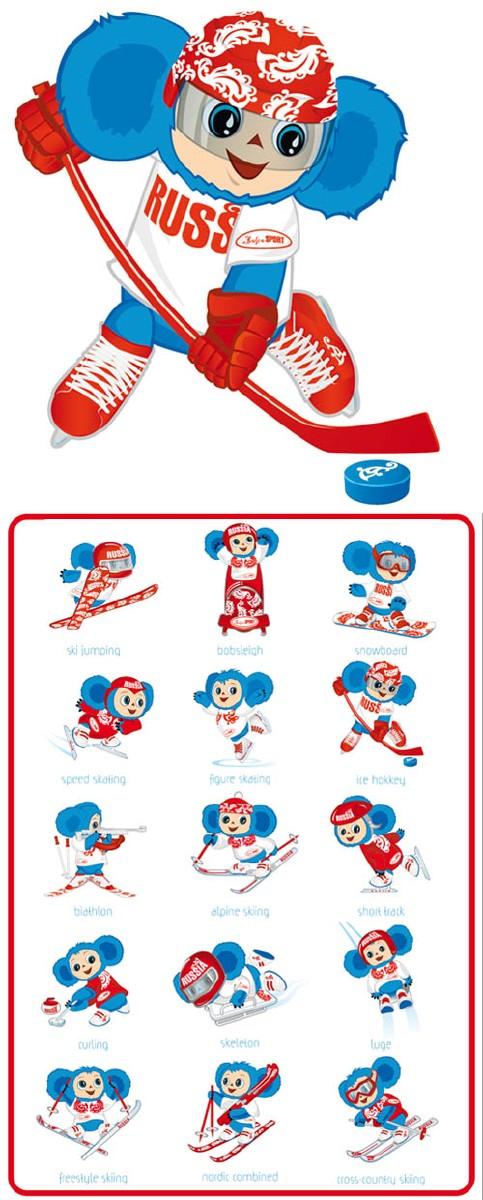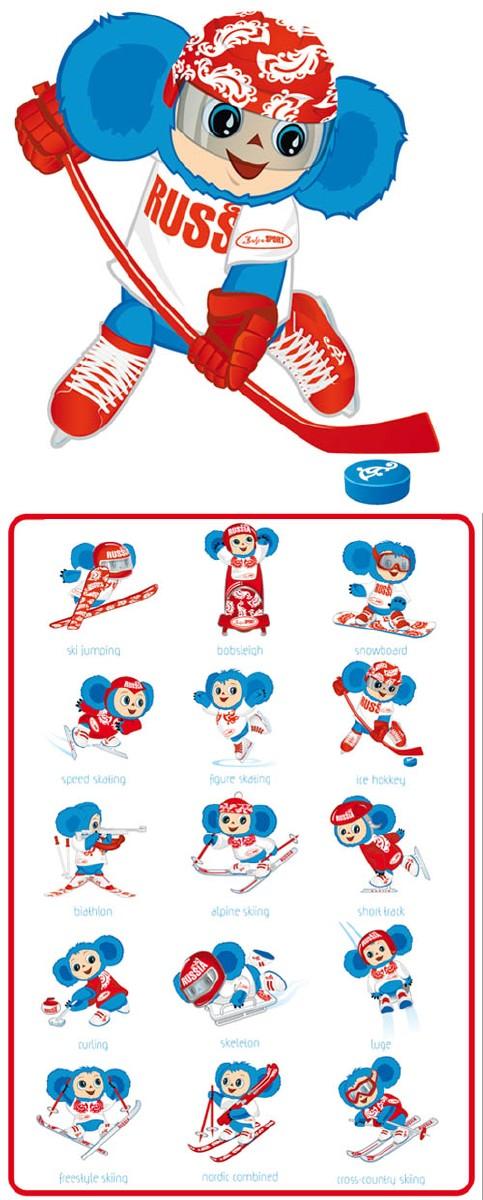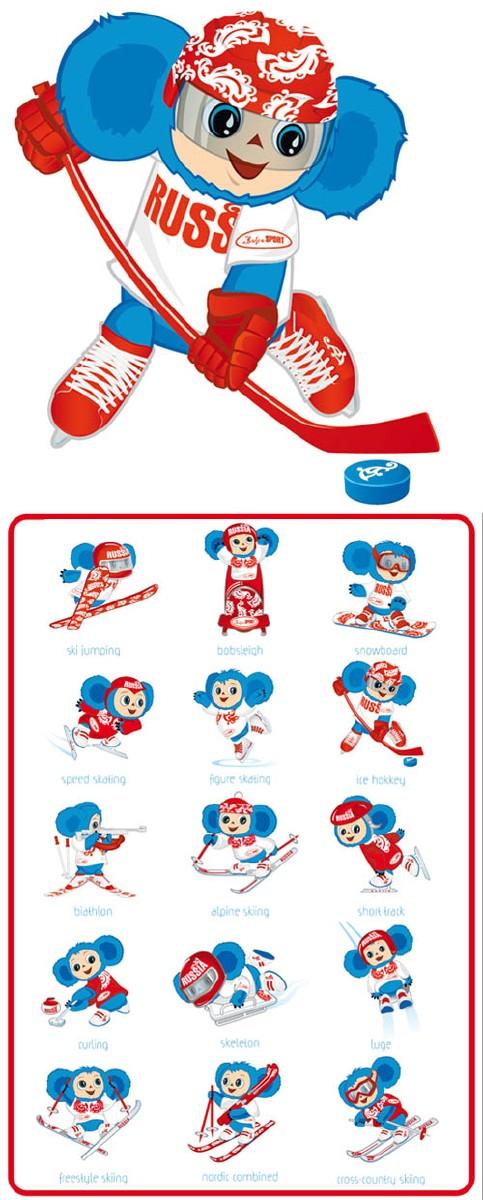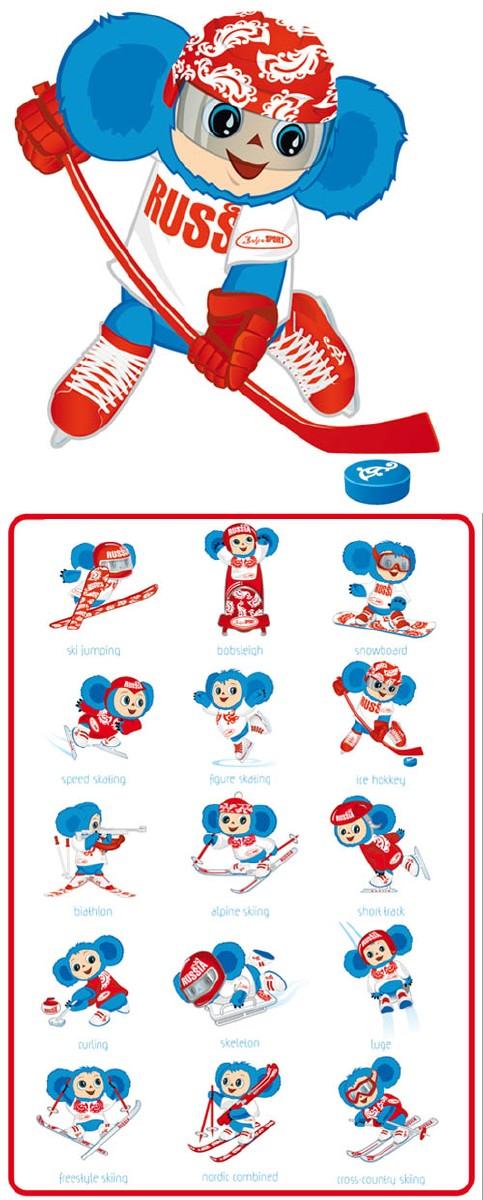
- •Министерство спорта, туризма и молодежной политики российской федерации
- •Оглавление
- •Тема 2. Where and how people live Text 1. Houses in Britain
- •Text 2. American houses
- •Text 3. How american and british families live
- •Тема 3. Hobbies and leisure activities Text 1. Leisure time as social phenomenon
- •Text 2. Traditional hoobbies
- •Text 3. Sport and fitness
- •Text 4. Leisure activities
- •Тема 4. Meals Text 1. Meals
- •Раздел 2.Социально-культурная сфера общения
- •Тема 1. Language as a means of cross-cultural communication Text 1. English as a world language
- •Text 2. Why the english language is so popular?
- •Text 3. Basic characteristics
- •Тема 2. The world of the language we learn text 1. The british isles
- •The united kingdom of great britain and northern ireland
- •A time to celebrate
- •Royal traditions? they are numerous in britain, some are ancient, others are modern.
- •Text 2. The united state of america
- •Hello, america
- •A young country
- •Washington the nation’s capital and it’s places of interest
- •New york
- •The growth of the city
- •American symbols Statue of Liberty – America’s symbol of Freedom
- •The American flag
- •About some american holidays
- •Text 3. English speaking countries
- •Тема 3. Sport action world Text 1. From the first ancient games to the first modern olympics
- •Text 2. Olympic movement, symbols and ceremonies The Olympic Movement
- •The Olympic Symbols
- •The Olympic Ceremonies
- •Text 3. Some points on olympic winter games history
- •Prelude
- •Text 4. Future olympics - 2014
- •Text 5. Sports for Persons with a Disability
- •Раздел 3.Учебно-познавательная сфера
- •Why choose this course?
- •What will you study?
- •Departments and Degrees Overview
- •Getting to Know ucla
- •Тема 2. Institutions of higher education in russia text 1. Higher education system in russia
- •Text 2. Kuban state university of physical education, sport and tourism About university
- •Mission
- •Education
- •Teaching staff
- •Staff and Members
- •Sport facilities and accommodation
- •Science and scientific priorities
- •Employment opportunities
- •The Centre of language training (clt)
- •University Olympic Glory
- •Text 3. These names glister in gold
- •First Olympic Champion
- •The Best Pusher In The World
- •Talented Sportswoman
- •Раздел 4. Профессиональная сфера
- •Тема 1. Chosen area of professional activity Text 1. Careers in sports
- •Sport in my Life
- •2. Types of competitions
- •3. People in
- •4. Sports Achievements
- •5. Going in for Sports
- •Text 2. Why study sport science?
- •Text 3. Healthy body, healthy mind
- •Тема 2. Business communication
- •Voluntary Activity
- •In the Modern Olympic Games The Concept Of The Volunteer
- •Sports And The Olympic Volunteers
- •The present-day Olympic volunteer: the volunteer boom
- •Training
Text 3. Some points on olympic winter games history
T he
Winter Olympic Games, the Winter Olympics for short but more
correctly The Olympic Winter Games, are the cold-weather counterpart
to the Summer Olympic Games. They feature winter sports held on ice
or snow, such as ice skating and skiing. The Winter Olympics are held
every 4 years.
he
Winter Olympic Games, the Winter Olympics for short but more
correctly The Olympic Winter Games, are the cold-weather counterpart
to the Summer Olympic Games. They feature winter sports held on ice
or snow, such as ice skating and skiing. The Winter Olympics are held
every 4 years.
Prelude
W hen
the International Olympic Committee (IOC) was established in 1894,
one of the sports proposed for the programme was ice skating.
However, no skating was conducted at the Olympics until the 1908
Summer Olympics in London, which featured four figure skating events.
Ulrich Salchow (10-fold World champion) and Madge Syers (the first
competitive woman figure skater) won the individual titles with ease.
hen
the International Olympic Committee (IOC) was established in 1894,
one of the sports proposed for the programme was ice skating.
However, no skating was conducted at the Olympics until the 1908
Summer Olympics in London, which featured four figure skating events.
Ulrich Salchow (10-fold World champion) and Madge Syers (the first
competitive woman figure skater) won the individual titles with ease.
T hree
years later, Italian count Eurgenio Brunetta d’Usseaux proposed to
the IOC to stage a week with winter sports as part of the 1912 Summer
Olympics in Stockholm. The organizers opposed this idea, wanting to
promote the Nordic Games, a winter sports competition held every four
years between competitors from the Nordic countries. However, this
same idea was again proposed for the 1916 Games, which were to be
held in Berlin. A winter sports week with speed skating, figure
skating, ice hockey and Nordic skiing was planned, but the 1916
Olympic were cancelled after the outbreakof
World War I.
hree
years later, Italian count Eurgenio Brunetta d’Usseaux proposed to
the IOC to stage a week with winter sports as part of the 1912 Summer
Olympics in Stockholm. The organizers opposed this idea, wanting to
promote the Nordic Games, a winter sports competition held every four
years between competitors from the Nordic countries. However, this
same idea was again proposed for the 1916 Games, which were to be
held in Berlin. A winter sports week with speed skating, figure
skating, ice hockey and Nordic skiing was planned, but the 1916
Olympic were cancelled after the outbreakof
World War I.
The
first Olympics after the war, the 1920 Games in Antwerp again
featured figure skating, while ice hockey made its Olympic debut. At
the IOC C ongress
held the next year, it was decided that the organizers of the next
Olympics (France) would also host a separate “international Winter
Sports Week”, under patronage of the IOC. This week proved a great
success, and in 1925 the IOC decided to create separate Winter
Olympic Games, not connected to the Summer Olympics. The 1924 events
were retroactively designated as the first Winter Olympics at the
1926 IOC Session.
ongress
held the next year, it was decided that the organizers of the next
Olympics (France) would also host a separate “international Winter
Sports Week”, under patronage of the IOC. This week proved a great
success, and in 1925 the IOC decided to create separate Winter
Olympic Games, not connected to the Summer Olympics. The 1924 events
were retroactively designated as the first Winter Olympics at the
1926 IOC Session.
|
The Olympic Winter Games Sports | |
|
Ice sports |
Виды спорта на льду |
|
Bobsleigh |
Бобслей |
|
Curling |
Кёрлинг |
|
Figure skating |
Фигурное катание |
|
Ice hockey |
Хоккей (на льду) |
|
Luge |
Санный спорт, состязания (одиночные сани) |
|
Short track speed skating |
Шорт-трек |
|
Skeleton |
Скелетон (разновидность санного спорта) |
|
Speed skating |
Конькобежный спорт |
|
Snow sports |
Виды спорта на снежном покрытии |
|
Alpine |
Горные лыжи, горнолыжный спорт |
|
Freestyle skiing |
Фристайл |
|
Snowboarding |
Сноуборд (вид горнолыжного спорта) |
|
Nordic events |
Северные виды спорта |
|
Biathlon |
Биатлон (двоеборье: лыжная гонка и стрельба по мишени) |
|
Cross-country skiing |
Лыжные гонки |
|
Nordic combined |
Лыжное двоеборье (вид лыжного спорта, сочетающий прыжки с трамплина и лыжные гонки) |
|
Ski-jumping |
Прыжки с трамплина |
